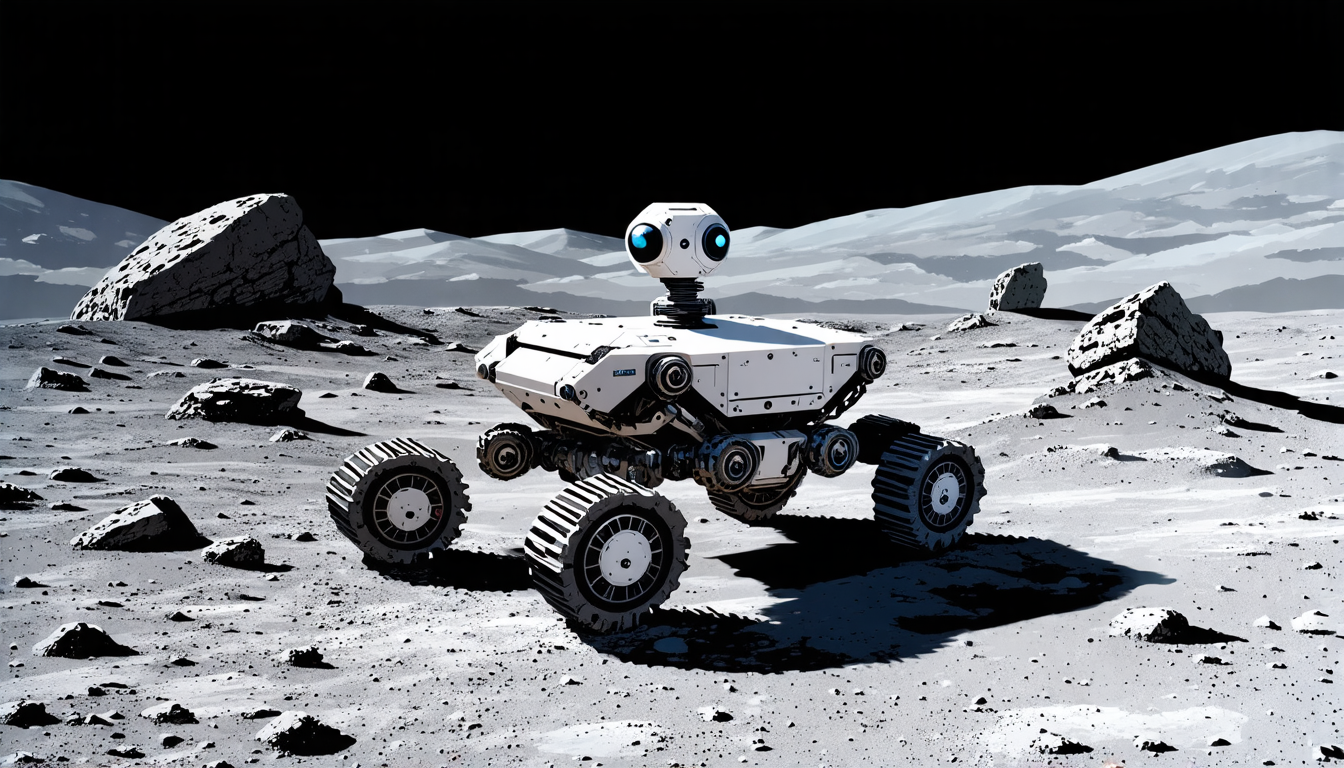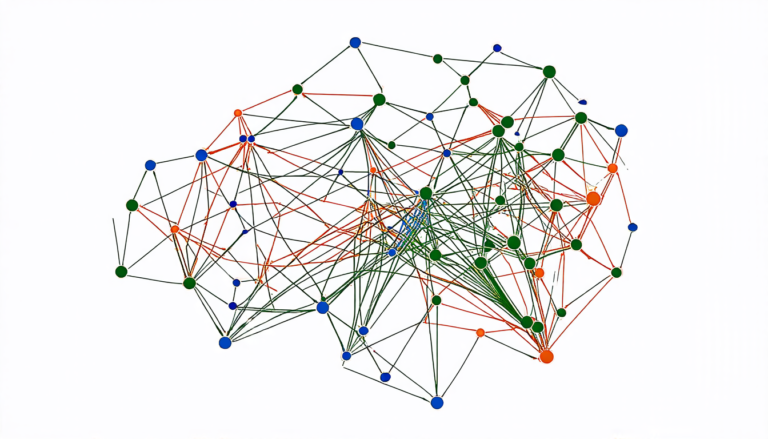Saturday 26 July 2025
Scientists have made a significant breakthrough in developing a new method for navigating on the lunar surface without relying on traditional GPS technology. The innovative approach, called LunarLoc, uses the unique structure of the moon’s terrain to help robots and rovers accurately pinpoint their location.
The challenge of navigating on the moon is twofold. Firstly, there is no reliable satellite signal available, unlike on Earth where GPS relies on a network of satellites orbiting the planet. Secondly, the lunar surface is characterized by vast expanses of barren, rocky terrain that lacks distinctive landmarks or features to use for navigation.
LunarLoc overcomes these challenges by utilizing the moon’s abundant rock formations as a natural navigation aid. The system uses artificial intelligence and machine learning algorithms to identify and track specific rocks and boulders, which are then used to determine the rover’s location.
The technology is based on a combination of computer vision and graph theory. Computer vision allows the system to analyze images captured by cameras mounted on the rover and identify the distinctive features of individual rocks. Graph theory is then used to create a map of the surrounding terrain, linking together the identified rocks to form a network of connected nodes.
This network is used to determine the rover’s position and orientation in real-time, allowing it to navigate across the lunar surface with precision. The system has been tested on simulated lunar terrain using data from NASA’s Lunar Simulator, and the results are impressive.
In one test scenario, the LunarLoc system was able to accurately locate a rover’s position within just 2 centimeters of its true location. This level of accuracy is crucial for future lunar missions, where precise navigation will be essential for conducting scientific experiments, collecting samples, and even establishing permanent human settlements.
The development of LunarLoc has significant implications for future space exploration. As NASA plans to return humans to the moon by the mid-2020s, this technology could play a critical role in ensuring that rovers and robots can navigate safely and efficiently across the lunar surface.
Furthermore, the principles behind LunarLoc could be applied to other planetary bodies with similar terrain features, such as Mars and asteroids. This could potentially enable more ambitious space missions, where robots and rovers could explore and map these alien environments with unprecedented precision.
In short, LunarLoc represents a major step forward in developing autonomous navigation systems for lunar exploration.
Cite this article: “LunarLoc: A Breakthrough in Lunar Navigation”, The Science Archive, 2025.
Lunarloc, Gps, Moon, Navigation, Robots, Rovers, Artificial Intelligence, Machine Learning, Computer Vision, Graph Theory







